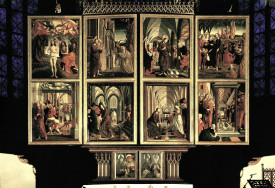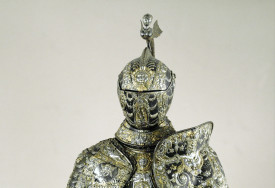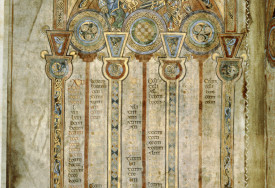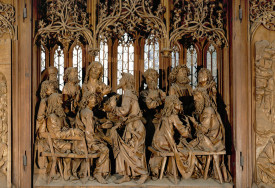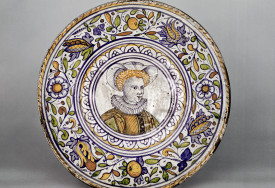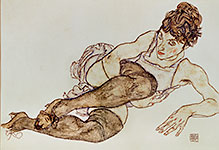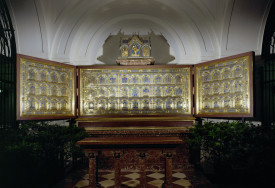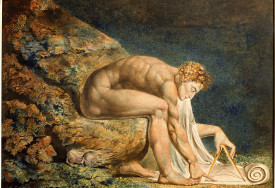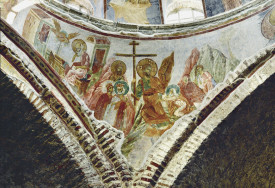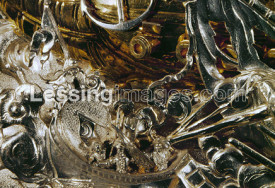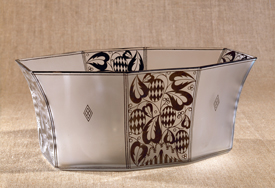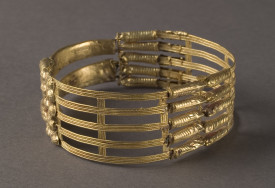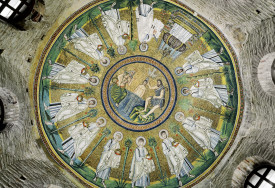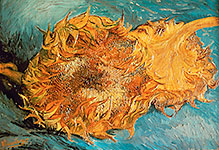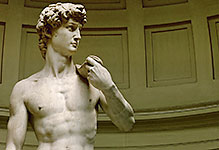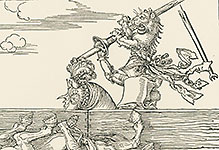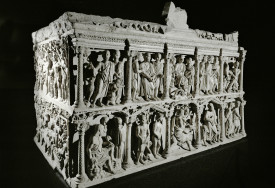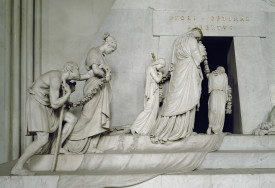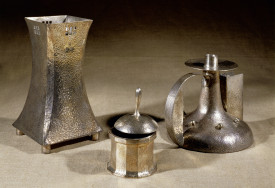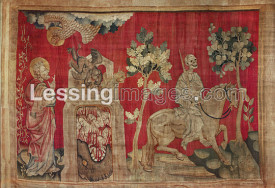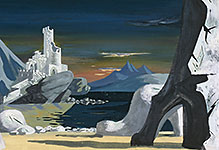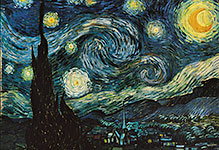
Fine Arts
Painting, Watercolour, Plastic Arts, Woodcuts, Etching, Drawing.

#03050653
Cicero, Roman orator and statesman. Roman marble bust; 93cm; middle of the 1st...

#03050654
Dionysus or Bacchus. Bronze statue from Pompeii, Italy; 1st-3rd century CE.

#03050663
Lady of Elche. Painted limestone bust; from L'Alcúdia, Spain; 4th century BCE....

#03050665
Bronze fibula in shape of a human figure. Celtic; from Hradek near Manetin, Boh...

#03050666
Animal merchant. Detail of the middle zone of the embossed and engraved sheet-b...

#03050667
Bronze leaf depicting woman in sacred ceremonial dress. From Este, Italy; 6th c...

#03050712
Aristotle, philosopher, teacher of Alexander the Great, (384-332 BCE). Roman ma...

#03050713
Demosthenes, Roman marble bust.

#030601 2
Bimaran Reliquary, from stupa 2 at Bimaran, Gandhara (Afghanistan). The inscrip...

#030601 3
Seated grey schist figure of Hariti with children, Gandhara, India, 2nd - 3rd C...

#030601 4
Dark grey schist head from a statue of the Buddha, 2nd CE Gandhara, India. This...

#030601 6
Red sandstone figure of a tirthankara, India, 3rd CE. In Indian Jainism, 24 tirt...
